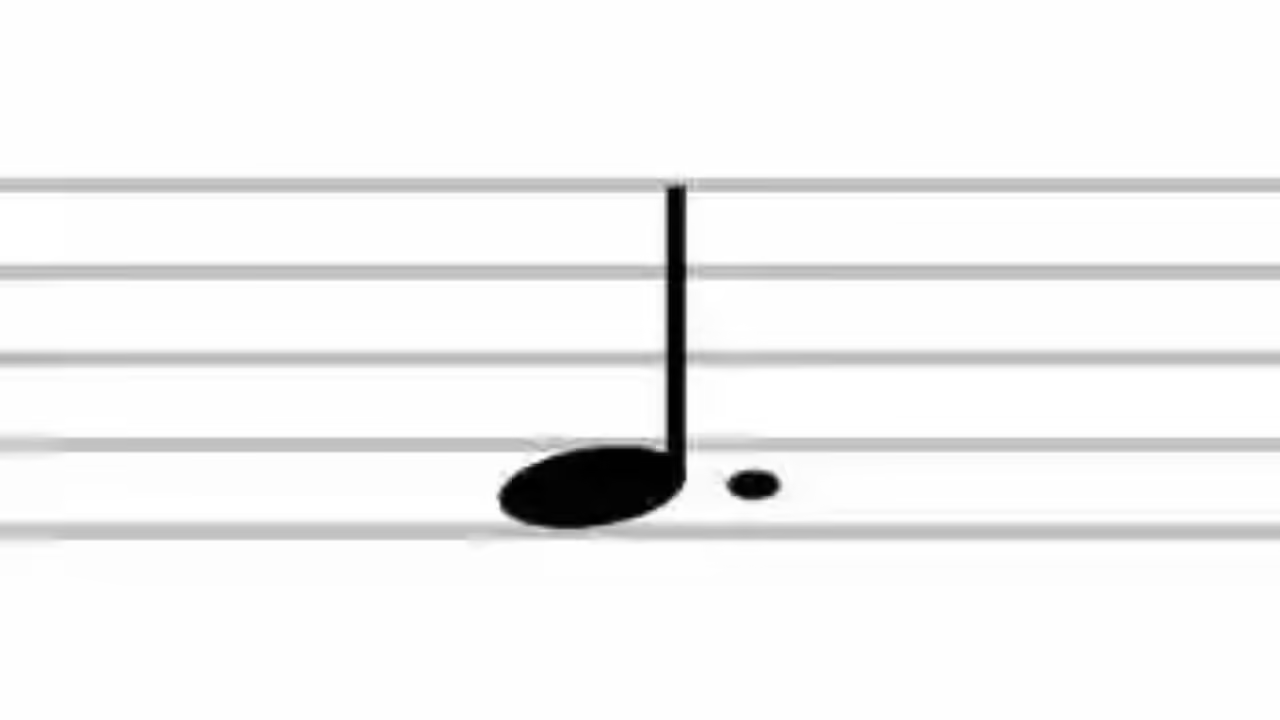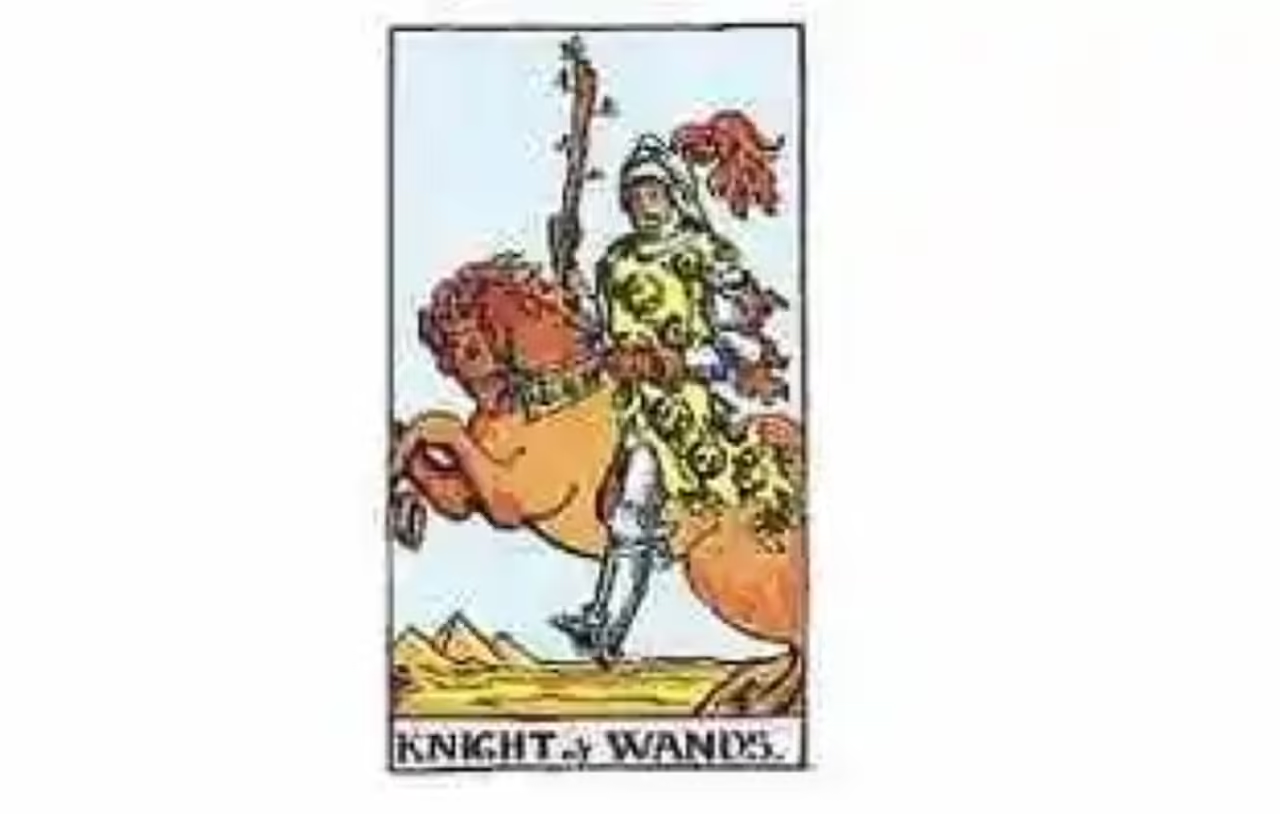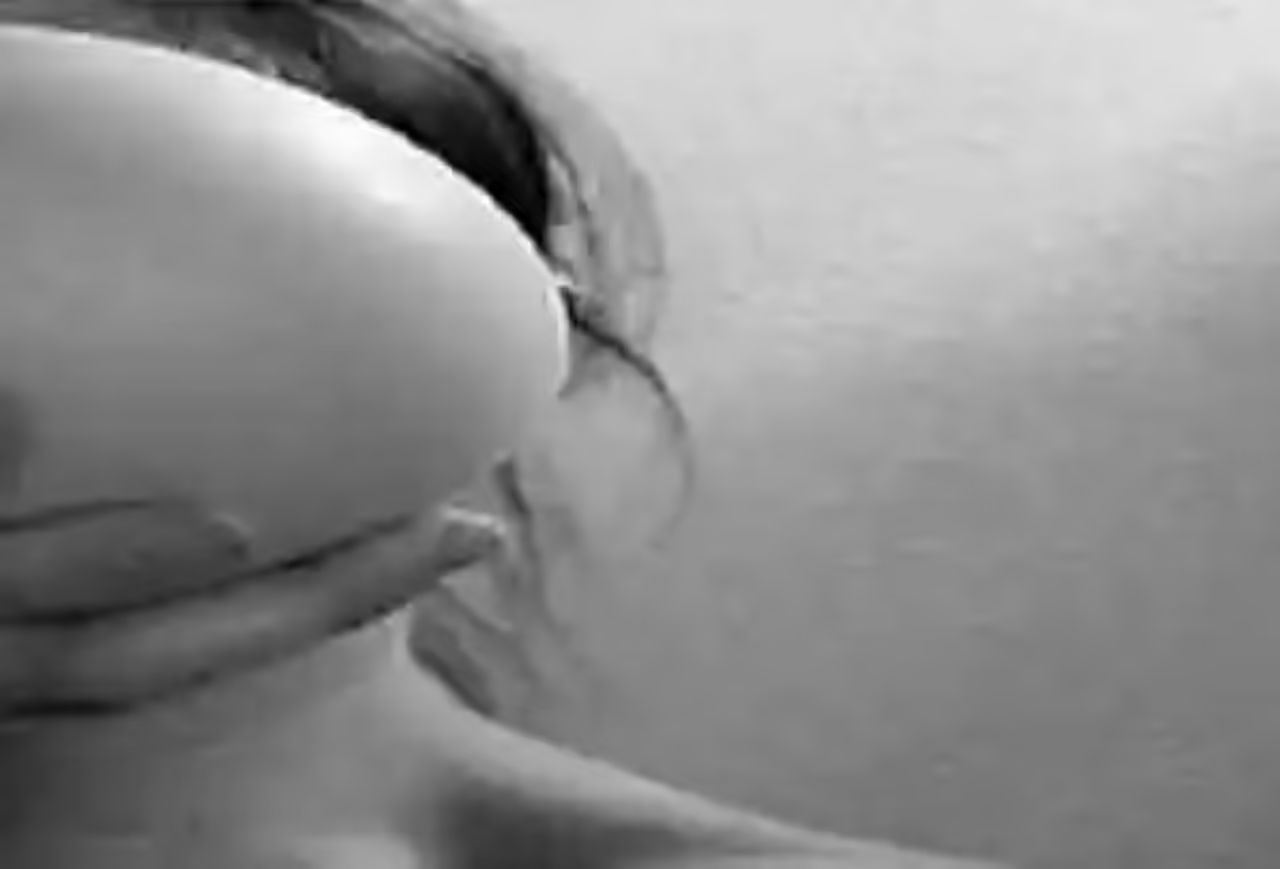Most of us know the seven musical notes: do, re, mi, f, sun, the, yes, which respond to each of the tones of the musical scale, thus occupying a specific space on the staff.
However, the tone is not enough to tell the musician how to execute a note. The artist must also know how long to touch it. For this there are symbols called musical or rhythmic figures.
Musical figures
A musical figure is a musical symbol that represents the length of a given note. In Music they are also known as rhythmic figures or positive values. In this sense, the Musical Academy currently recognizes seven musical figures, which are classified according to the time each of them.
First is the round, represented by a round note. She lasts four times, her location on the staff indicates which tone should be played for four strokes. The round is followed in duration of time by the white, represented by an empty core and a stem. The white lasts two times, its location on the staff also tells us what tone should be executed for two times.
Next, we find the black one, the value of which constitutes a time, that is, its appearance on the staff indicates which note should be played for only a while. Then we find the bracket, whose time refers to half time.
We also have the semi-cork, equivalent to a quarter of an amount of time. Although they are almost not used today, within the musical or rhythmic figures we find the fuse, whose value is one-eighth of a time. After this, there is the semifusa, which has a time of a sixteenth of time.
As we see each note has half the time of the previous one. In short, counting from the round, we will have that the musical figures are ordered by their times as follows:
Similarly, there are other musical symbols that indicate the length of a note, such as the dot, represented by a dot that is added next to the note, in the same space that the note occupies on the staff.
Its appearance indicates the increase in the equivalent value of half the time of the accompanying note. For example,a black one accompanied by a dot will last for a time and part of the time. Thus, a white with a toe would equal a total of three times.
Likewise, there is also the double dot, which consists of two horizontal points, which accompany a specific note, occupying the same space as this on the staff. Its value is calculated as follows: the first point adds half its time to the note, while the second point increases half the time that the first point had increased.
Thus a round with double tip will have a time of seven: four strokes of the round, two times for the first point (which would equal a white one) and a time for the second point (which would equal the second point).
Likewise each of these figures have their corresponding musical silence, which has the same time of the musical figure to which it is linked, as well as its own symbol, which placed in a specific position on the staff will indicate where and by how much time to make a silence in the execution of the melody.
Image source: wikipedia.org; arriazapromusica-santamaria.com








